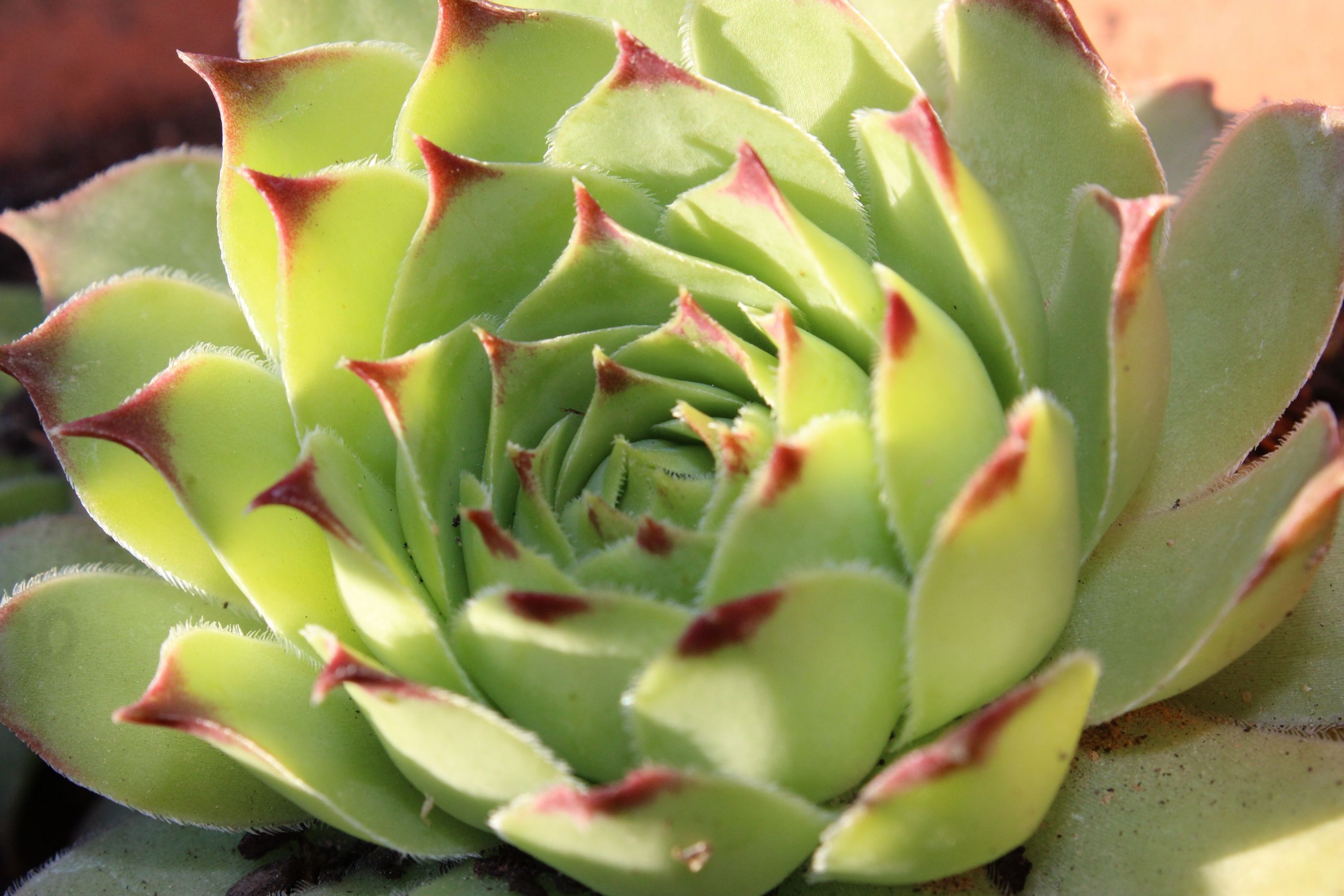Lipstick echeveria
(Echeveria agavoides)

Description
Echeveria agavoides is a popular succulent plant that belongs to the Crassulaceae family. It is commonly known as the ‘Lipstick Echeveria’ or the ‘Mexican hen and chicks’. It is native to Mexico and has become a popular plant in the global market due to its attractive appearance and low maintenance requirements. The following article provides detailed information on the taxonomy, morphology, distribution, habitat, cultivation, propagation, and uses of Echeveria agavoides. Taxonomy: Echeveria agavoides was first described by a French botanist named Adolphe Theodore Brongniart in 1840. The plant belongs to the Crassulaceae family, which comprises of over 1400 species of succulent plants. The genus Echeveria contains approximately 150 species, and Echeveria agavoides is one of the most popular species in the genus. Morphology: Echeveria agavoides is a rosette-forming succulent that can grow up to 20 cm in diameter. The leaves of the plant are fleshy, triangular, and pointed, with a distinctive red tip, hence the name ‘Lipstick Echeveria’. The leaves are arranged in a spiral pattern, giving the plant a symmetrical appearance. The color of the leaves is green or grey-green, depending on the amount of sunlight the plant receives. The flowers of Echeveria agavoides are pink, red, or yellow, and are arranged in a candelabra-like inflorescence. The flowers bloom in late spring or early summer and can last for several weeks. Distribution and Habitat: Echeveria agavoides is native to the Mexican states of Nuevo León, Tamaulipas, San Luis Potosí, Hidalgo, and Querétaro. The plant is found growing on rocky slopes and cliffs, often in association with other succulent plants such as Agave and Opuntia. Echeveria agavoides is adapted to arid and semi-arid environments, where it can survive long periods of drought by storing water in its leaves. Cultivation: Echeveria agavoides is a popular ornamental plant that is grown both indoors and outdoors. The plant requires well-draining soil and moderate watering. It can tolerate a wide range of temperatures, but it prefers temperatures between 15-30°C. The plant needs plenty of sunlight, but it should be protected from direct sunlight during the hottest part of the day. Echeveria agavoides can be grown in containers or in the ground, and it is suitable for rock gardens, xeriscapes, and succulent gardens. Propagation: Echeveria agavoides can be propagated through leaf cuttings, stem cuttings, and offsets. Leaf cuttings should be taken from healthy leaves and allowed to callus for a few days before being planted in well-draining soil. Stem cuttings should be taken from the basal part of the plant and treated in the same way as leaf cuttings. Offsets are produced by mature plants and can be removed and planted separately. Uses: Echeveria agavoides is primarily grown for ornamental purposes due to its attractive appearance. The plant is commonly used in xeriscaping and succulent gardens, and it is also suitable for container gardening. Echeveria agavoides can also be used for medicinal purposes. The plant contains compounds that have anti-inflammatory and analgesic properties and are used in traditional medicine to treat various ailments such as wounds, burns, and gastrointestinal disorders.
Taxonomic tree:







